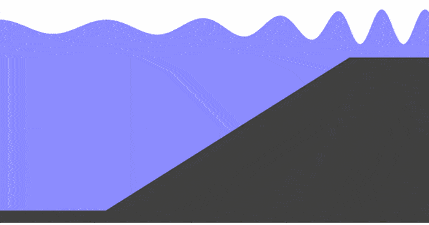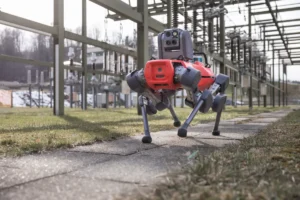Common man-made pollutants that reach the seas are chemicals, oils, including plastics. Marine Plastics Pollution (MPP) is an alarming problem affecting seas around the world, is one of the main causes of damage to the ecosystem such as coral reefs and benthic life. In response to marine and waterways environmental pollution, many initiatives have arisen to address the ecosystems health, among these is ecotourism.
These initiatives helps educate the traveller responsibly in order to enjoy and appreciate nature by promoting conservation. Among many ecotourism attractions in the world, there are underwater facilities, spas and bars, restaurants and luxury resorts submerged in the marine ecosystem, which attempt to offer ecotourism experiences to guests.
With a rising interest in underwater, marine and coastal tourism, the hospitality industry must find new environment. The underwater tourist facilities are some of the world’s most incredible underwater attractions. They are luxury habitats and provide an unique and elegant accommodation, with spectacular undersea views.
The underwater habitats are slightly curved shape similar to a hemisphere or in some cases sphere, so that the part against which the water pushes is circular, in this way the structure will be able to better handle the water pressure and the impact of the waves. The structure is usually equipped with large viewports that will increase the guest ‘field of vision who will be able to admire the underwater scenario and the seabed. Large viewports such as those manufactured for habitats are mainly constructed of acrylic because they offer extremely reliable features. Generally the undersea structure will be installed on piles embedded in the seabed or anchored to the seafloor through cables. The ventilation, electricity and fresh water will be supplied through cable ducting and pipes.
The above-water entrance leads to at sea level structures or living area equipped with rooms, solariums, temporary housing. A staircase or elevator connects below the sea level environments that provide suites, spas, bars, gyms, underwater swimming pools.
The structures are built with clear acrylic plastic and covered with steel or concrete wall structures. To offer a spectacular underwater view, surfaces should be as transparent as possible.
One of the major factors influencing the initial investment of this facility is the design of the submerged structure and foundation. The pressure structure is the primary structural element of the underwater facility, and is designed to withstand the external hydrostatic pressure.
The habitat maintains the atmospheric pressure inside it at sea level and resists the increase in pressure due to the increase in the volume of the overlying water, i.e. the increase in hydrostatic pressure, the force per unit area exerted by a liquid on an object. The guests are kept at one-atmosphere, which means that the inside of the structure is at surface pressure. The guests will not suffer the physiological effects due to the variation of the hydrostatic pressure.
Shallow and intermediate underwater sites offer favoured locations for submerged habitats development. Currently, most of the hotels and restaurants have been developed in shallow waters with average depths between 5 m and 20 m.
The key factor to consider when designing subsea structures in shallow waters is the hydrodynamic load due to breaking waves. An important part of the design process to ensure the safety of the underwater structure is the analysis of the effects of waves such as wave loads and corresponding responses.
In shallow waters, waves undergo different transformation processes such as wave shoaling and refraction, including breaking due to their interaction with the seabed. In the splash zone, underwater structural parts are exposed to wave impact due to the action of breaking waves. Wave slamming may have both global and local effect. In the second case the wave could hit the splash zone area and the global structural capacity would not usually be involved. The structures in order not to be affected by wave movement should be constructed so that most of their mass is under “wave base”.
Underwater structures are arranged on two or three levels, provide a luxury experience to guests allowing them to immerse themselves in unique and wonderful environments, populated by various marine species, suites with large living rooms, clubs and spas, fitness areas. Thanks to detailed design elements, such as glass walls, ceiling and floors, large windows looking out on spectacular natural and man-made environment or underwater views of the aquarium’s, people can admire the surrounding ecosystem, fish, sharks or turtles, seals, while savouring delicious cuisine or are comfortably accommodated in the room.
Jessica Moro
DSO
Change in shape and behavior of waves as water depth decreases. Their speed and wavelength decrease, while their height increases.

Propagation_du_tsunami_en_profondeur_variable by Régis Lachaume from wikipedia
Change in direction of waves due to changes in their speed. The waves arrange themselves in such a way that their crests are parallel to the shore.
The area immediately above and below the average water level, which is affected by the breaking of the waves.
Image
Cover: Maldives underwater restaurant, by Daniel Gillaspia on flickr.

